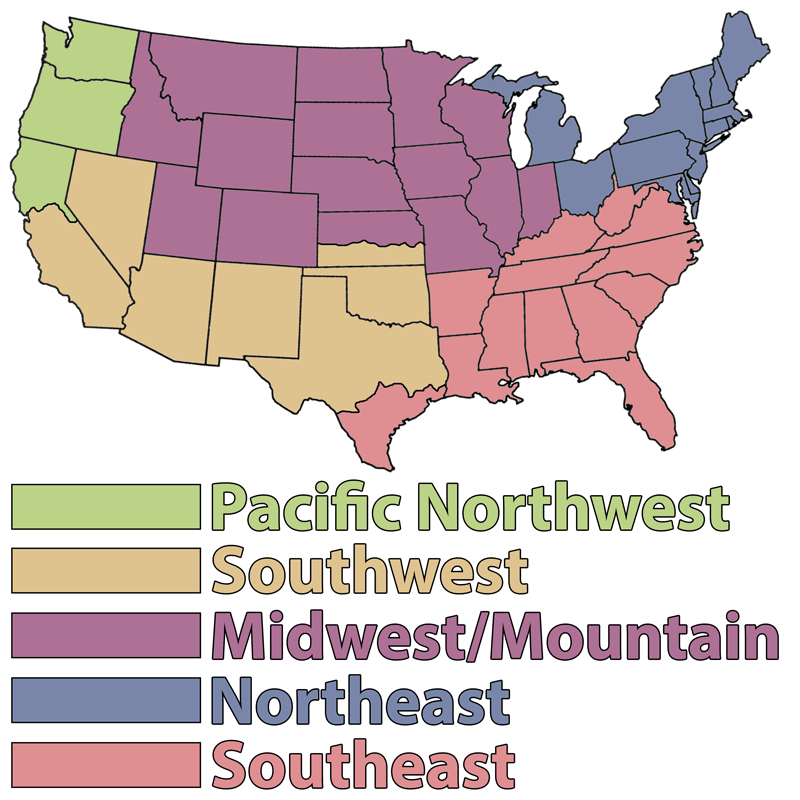Prepare the soil for any new shrub, flower, or rose bed for next spring. Dig up the soil, remove any weeds, and add compost.
Gardening Tasks by Month for Spring Valley, NV
Gardening Tips
Spring Valley, NV
Toward the middle of the month, new bareroot roses are available to purchase at garden centers.
Avoid major pruning over the winter. However, be sure to remove any dead, diseased, or damaged branches from trees and shrubs.
If the weather is dry, occasionally water your lawn, shrubs, and small trees.
Apply a layer of winter mulch to protect your perennials after the first few freezes.
Remember to remove any leaves from your lawn and gardens, as the leaves can block sunlight or encourage disease among your plants.
Plant cool-weather vegetables such as beets, carrots, chard, lettuce, leeks, peas, potatoes, radishes, spinach, and turnips.
Plant transplants such as asparagus, broccoli, cabbage, cauliflower, chard, and lettuce.
Keep an eye out for pest problems and control before they get out of hand.
Order your vegetable and flower seeds now so you will be ready to plant them in the early spring.
If you want to upgrade your garden, now is a great time to design a new landscape or make any structural improvements to your garden.
Check to make sure indoor plants are getting enough sunlight and water.
Fertilize your winter lawn after the first mowing.
Set out bird feeders with food and water to attract birds to your garden during the winter.
Be prepared for early winter frosts; protect fruit trees.
